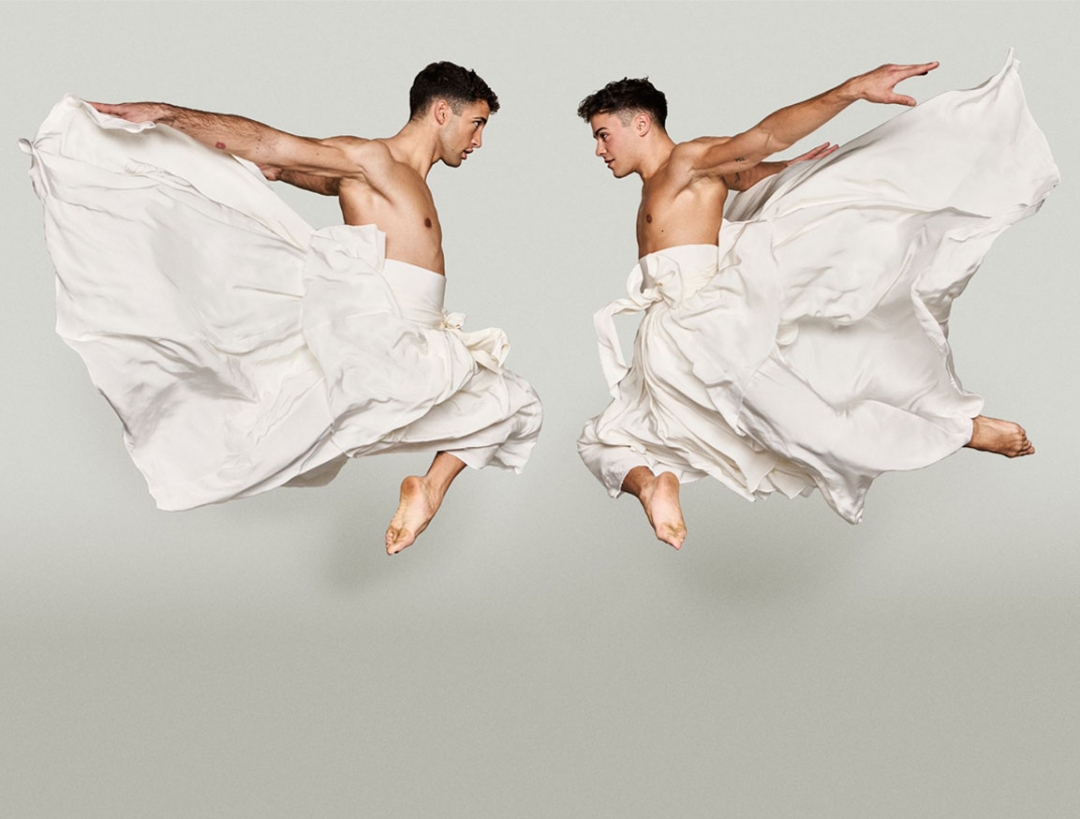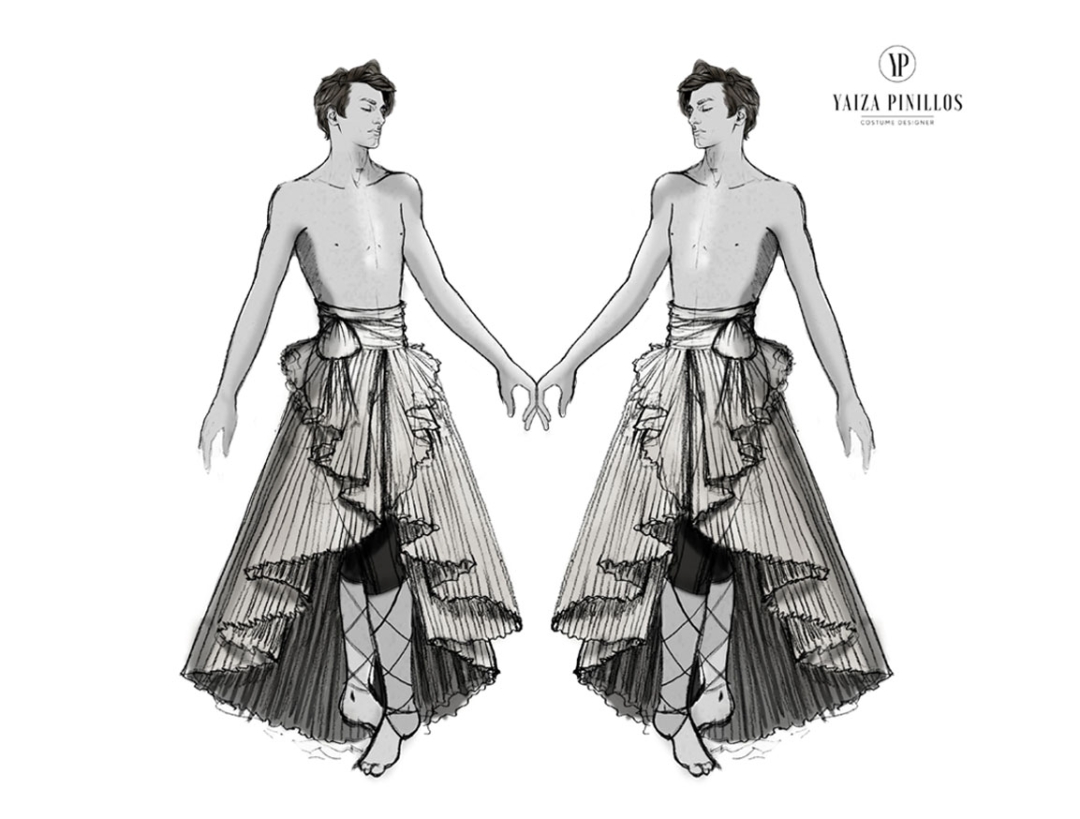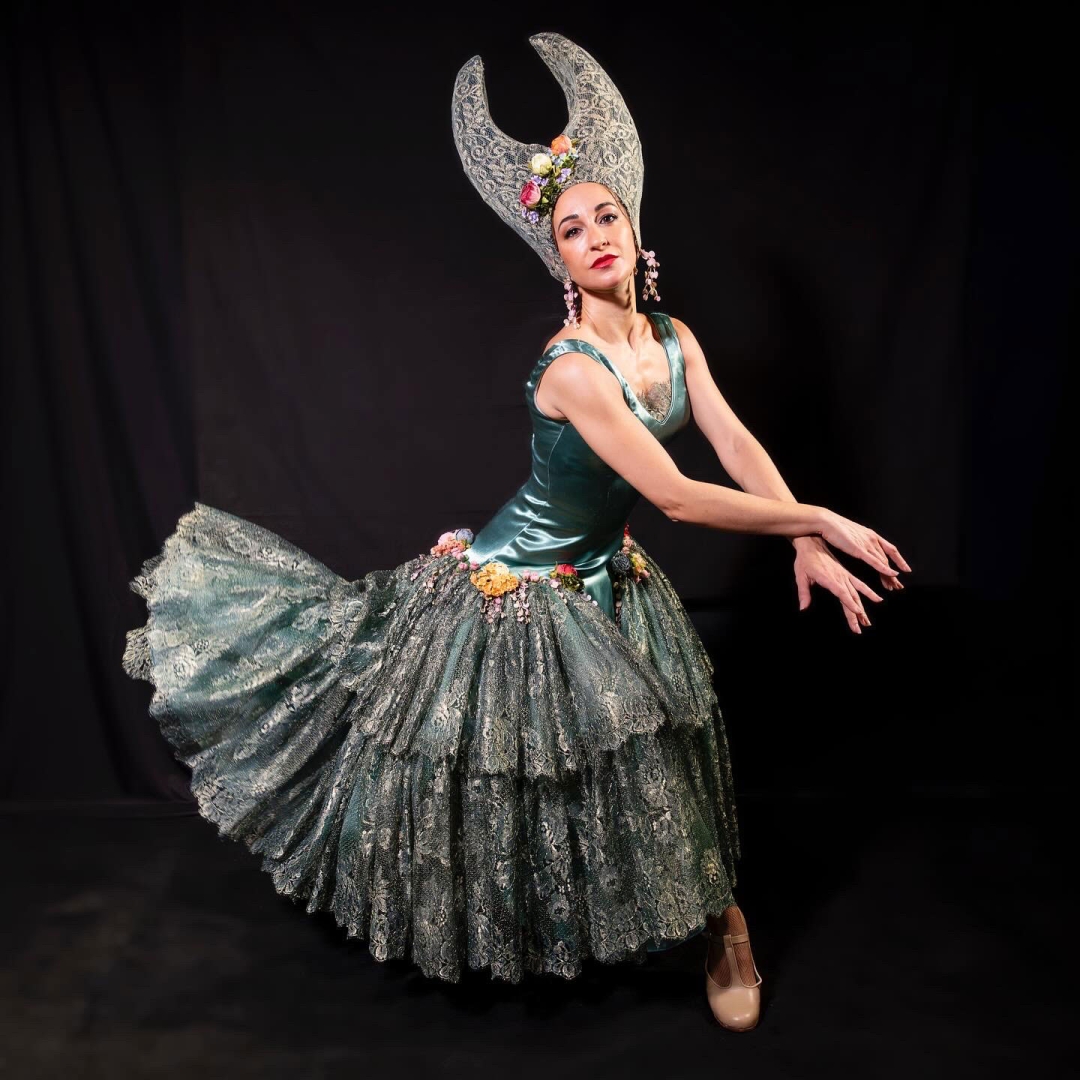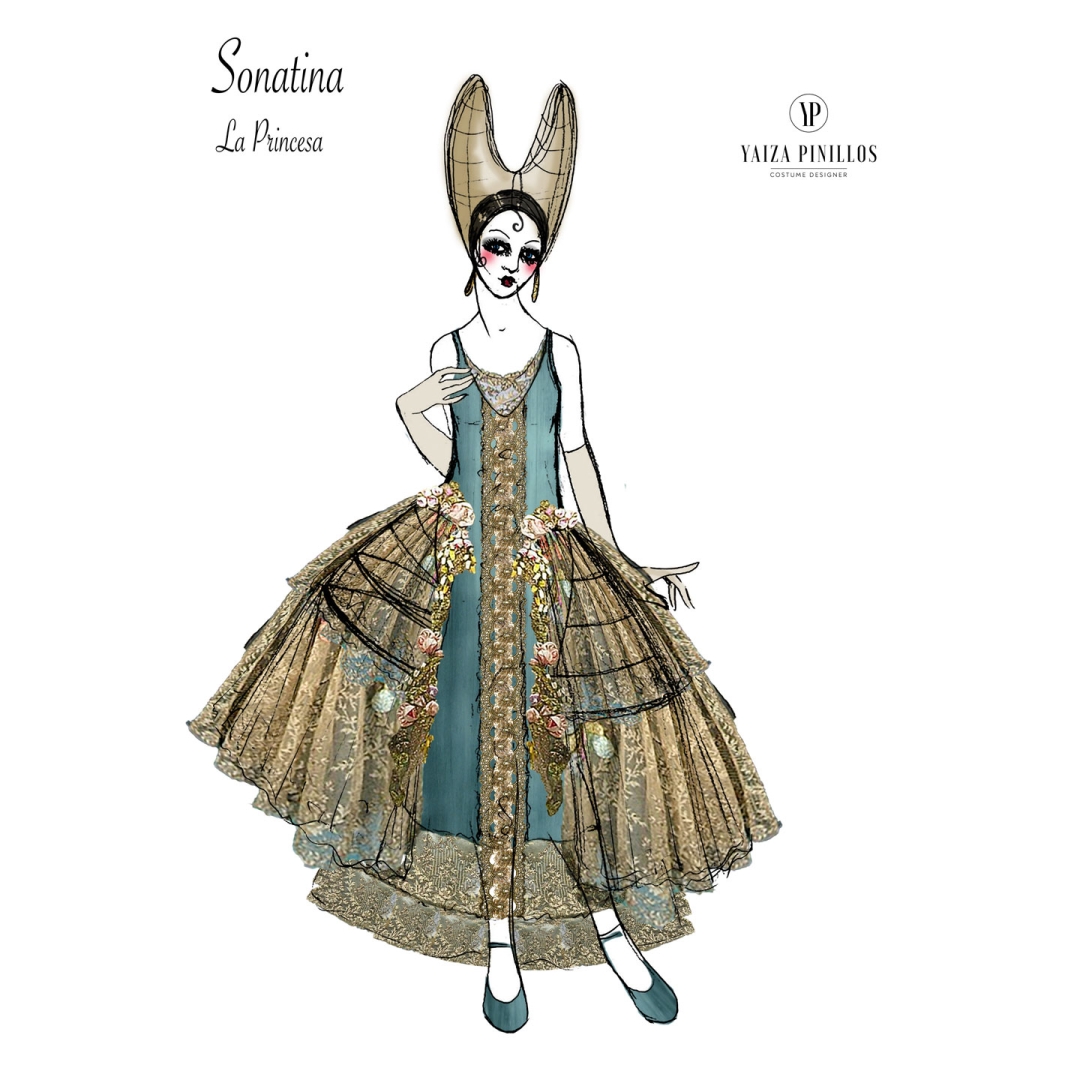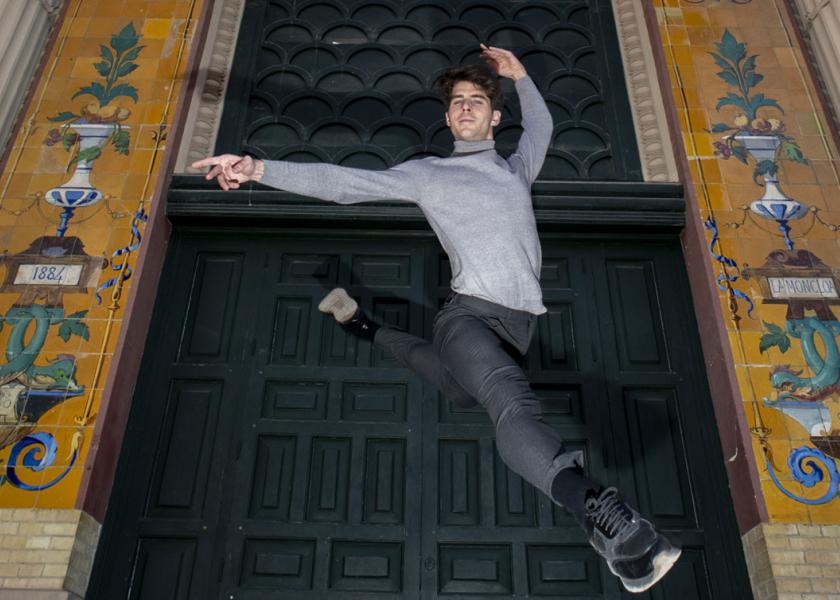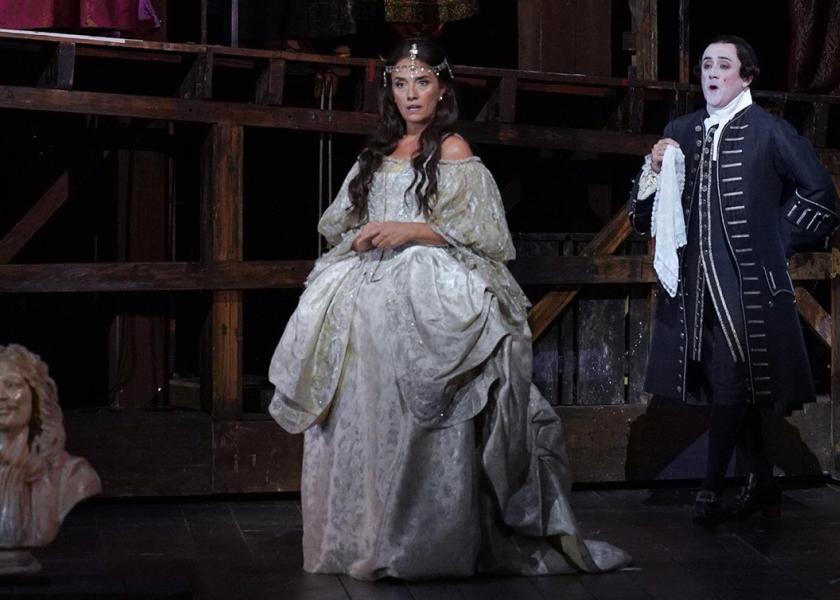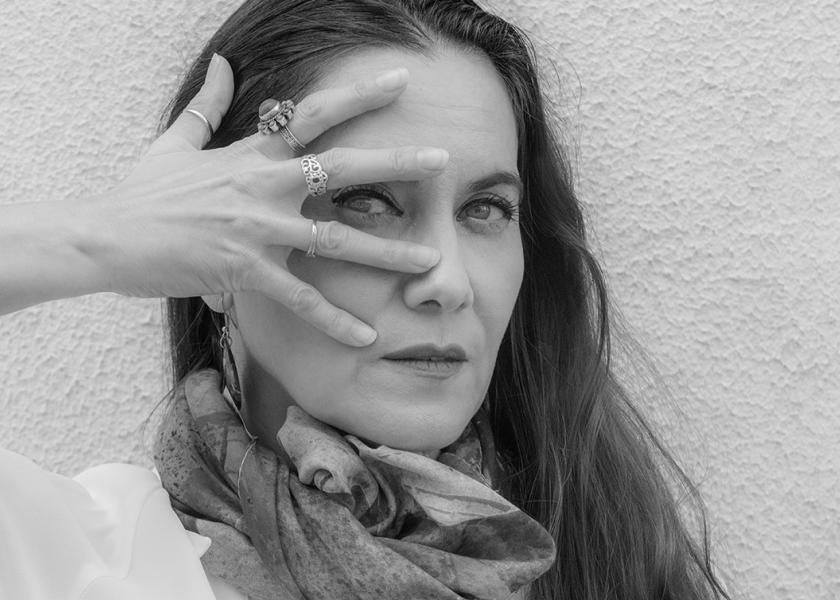Yaiza Pinillos
The glory of design
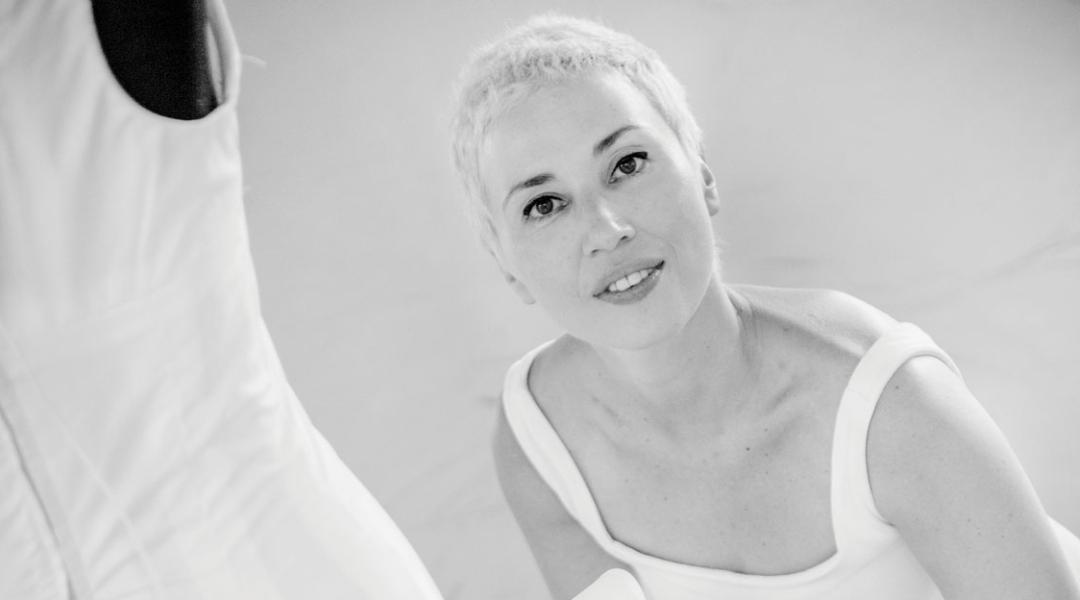
The world of culture wouldn’t be the same without people working hard far from the limelight. One of those people is Yaiza Pinillos, a leading costume designer for the theatre in Spain. A winner of the 2024 Mujeres a Seguir Award in the Culture category, this designer did not miss the opportunity to defend the collective nature of her profession, where each cog in the wheel is indispensable to keep the machine running.
Yaiza Pinillos (La Orotava, 1977) is one of the most important costume designers for the theatre in Spain and, in recognition of her work, she recently received the 2024 Mujeres a Seguir Award in the Culture category. “When I was announced as a finalist, I was working at full steam”, reminds. For Yaiza, talent must go hand-in-hand with hard work, so it makes sense that the announcement found her finishing the production of Romance Sonámbulo, a play that premièred on the 11th of November and which will land soon at the Teatro Español (11th-20th of April). “Those who achieve their goals harbour a combination of talent, passion, hard work and a stroke of luck,” she remarks. This designer made the most of her speech at the Mujeres a Seguir ceremony to defend the work of “those who make culture shine in all its glory” and raise awareness of her profession, which remains unknown to so many people.
How does an art historian end up becoming a leading costume designer for theatre in Spain?
It was a coincidence or, perhaps, not. I say this because, despite not being sure about what I wanted to work as, I never stopped trying to discover my passion and how to develop it fully. In any case, finding it (or it finding me) was serendipitous, like a revelation. One day a friend who is a theatre producer lost his costume designer shortly before the première and begged me to take charge of the costume design. That’s where everything started.
Research and creativity are essential in your work. What role does each of them play?
Research is the inspiration to create my fictional universes. Creativity comes from research, but not completely because it also comes from the gut. If I didn’t create, I would explode. My creative skill has an innate component, but it’s enriched by my studies in Art History and Fine Arts, which provided me with knowledge about proportion, composition, literature, philosophy, iconography, mythology, religion... In short, they are the foundations for my creativity. As well as research and creativity, passion and motivation are essential to me.
“Despite not being sure about what I wanted to work as, I never stopped trying to discover my passion and how to develop it fully”
How did your creative process start?
My main task as a designer is to bring fiction to life and the first step in that process is to imagine, in the sense of creating images from the ideas the director conveys to me. Then comes a deep analysis and research that broadens the concepts imagined during that first meeting. This part is the most intimate and solitary, but perhaps the most exciting that a designer faces.
When you design for dance, where movement is crucial, is the main challenge combining the concept and aesthetic without losing sight of comfort?
The main thing about dance is dancing, so the costume must possess the best ergonomic conditions for the performer. Once you’ve accepted that form follows function —a principle of design—, the designer’s skill and talent to create costumes that conceptually add to the performance come into play.
What we wear says a lot about us. Is understanding the psychology of the characters you dress another key to your work?
Of course, but understanding the story the director wants to tell with the staging is even more important. A designer must develop empathy and intuition, have the ability to read the director’s mind and start to create based on that perception. If a designer has these virtues, as well as undeniable technical knowledge, they can surrender to creation without fear of making a mistake.
What has receiving the Mujeres a Seguir Award in the Culture category meant to you?
More than I thought. I went to the awards ceremony mainly for my mother (laughs), who flew in from Tenerife. Once I was there, I was amazed by the potential that we women have together surrounding talent, no matter the field. I felt part of something very powerful and generous at the same time. Discovering so much female talent first-hand was a beautiful and positive new experience. I feel deeply grateful for this award.
“I was amazed by the potential that we women have together surrounding talent, no matter the field. I felt part of something very powerful and generous at the same time”
In your speech, you recognised the work of tailors and dressmakers, hatters, shoemakers, leather workers, embroiderers, dyers... Is costume design teamwork?
Absolutely, it’s collective work by definition. All the members of a project, of which there are many, must pull together with the same force and in the same direction. If one part has a problem, the rest of the team suffers and, between us all, we must solve it. Each cog in the wheel is essential to keep the machine running. All processes must follow a sequence for the magic to happen
You also defended “those who make culture shine in all its glory.” Are you missing greater recognition towards those of you who work far from the limelight?
I didn’t want to miss the opportunity to defend the entire labour force that works on staging. It’s important for people who attend a performance to understand that behind that dream is an industry that feeds many families. Nobody ever talks about that highly skilled, specialised, and responsible professional fabric, because in many cases people don’t even know it exists. Everyone who’s a cog in this wheel is aware that we have to give the best of ourselves for the machine to keep running and generate the results that we have set ourselves.
There’s a lot of tradition and craftsmanship in your work. Even so, is there room for innovation?
Of course there is! Innovation must be part of our work. My teams spend a lot of time —and economic endeavour— on researching new materials and techniques. I’m a firm believer in technology as a means to find new solutions, and proof of this are the innovative textile manipulation processes that I apply to my designs. But the reality is that theatre costumes are the poor sister of the family and usually already have few resources. Public and private funding is scarce, probably due to lack of knowledge, which is why I’m interested in raising awareness about our work. In most cases, innovations are borne by the designer themselves.
“Talent is a gift, grace. Of course, talent by itself is not a guarantee of anything. For it to shine at its full potential, it always needs to go hand-in-hand with hard work”
As a teacher, how would you explain to your students what talent is?
Talent is a gift, grace. Of course, talent by itself is not a guarantee of anything. For it to shine at its full potential, it always needs to go hand-in-hand with hard work. A passion for a job well done, for knowledge acquisition and for the effort to develop our skills is key. My students are proof of this: some, already in their first exercises, show an innate skill, but lack the perseverance for that gift to fill them with grace. My teaching experience has shown me that people without innate talent, but with a good work ethic, can go farther than those who are talented but don’t invest in it.
